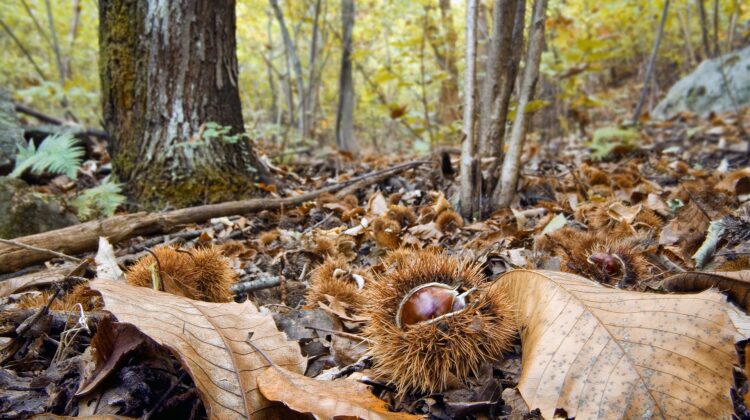
Effect of woodland patch size on rodent seed predation in a fragmented landscape
Predation on large woody plant seeds; chestnuts, acorns and sloe kernels, was studied in deciduous forests of two size classes: small woodlots (< 1 ha) and large woods (at least 25 ha) in southern Sweden. Seeds used for the study were artificially distributed on the forest ground and seed predation measured as seed removal. Predation rate was similar in both types of woods. However, rodent density was higher in small woodlots and a correction for differences in rodent density showed that predation rate per individual rodent was higher in the large woods. This suggests that the small woodlots (including the border zone) and their adjacent fields have more rodent food per area unit. A small woodlot cannot be considered a representative sample of a large continuous forest, even if the habitats appear similar. There was a strong effect of rodent density on seed predation rate. This suggests that rodents are major seed predators in this habitat
Authors
J. Loman

